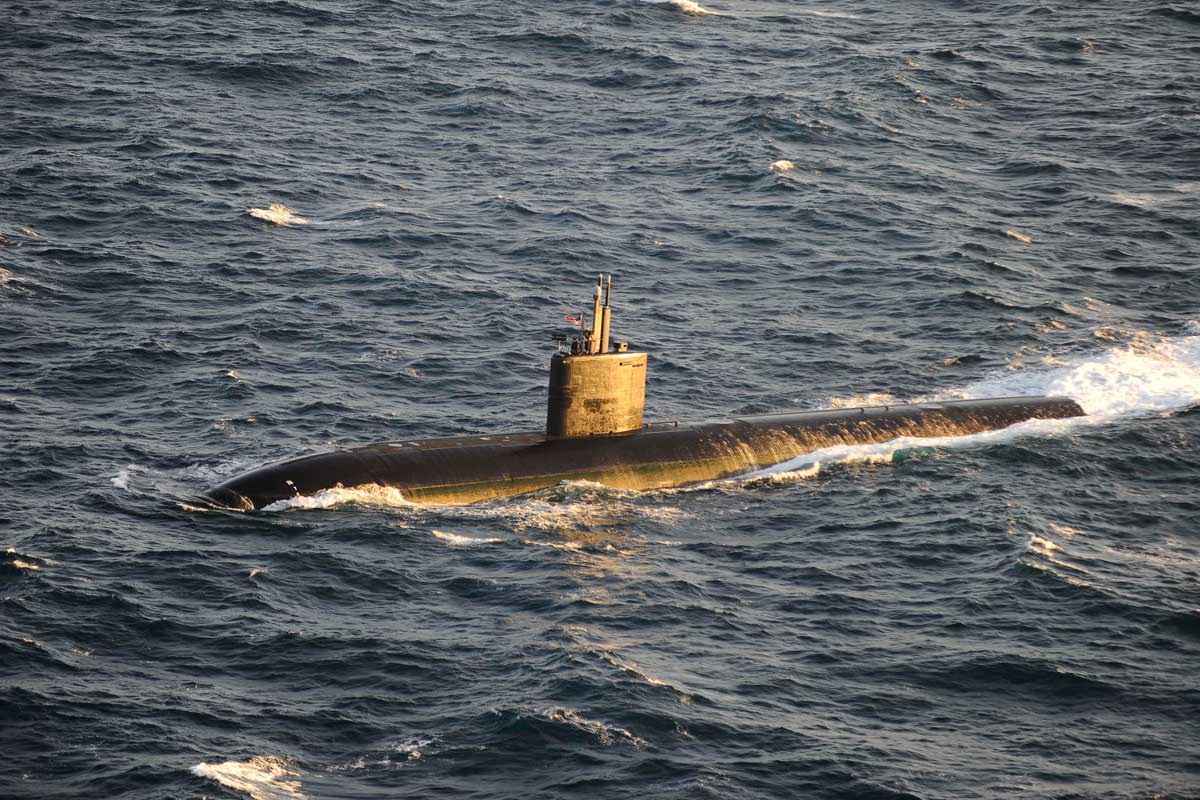
Australia plans to purchase at least four nuclear-powered Virginia-class submarines from the United States, three sources familiar with the matter said, part of an emerging defense partnership widely viewed as a bid to counter China’s military ambitions in the Pacific.ĭelivery of the submarines isn’t likely for years, potentially into the 2030s, but the expected announcement will act as a demonstration of progress by the AUKUS grouping, comprised of Australia, the United Kingdom and the United States.Īustralian Prime Minister Anthony Albanese addressed the plan, which Reuters first reported, at a news event in Ahmedabad, India, on Wednesday. The information contained on this page is unclassified, approved for public dissemination and is released under CC-BY-SA Licensing Agreement. Stricken, to be disposed of by submarine recycling Stricken, to be disposed of by submarine recycling Summary by StatusĬommencement of inactivation availability The maximum diving depth is 1,475 ft (450 m) according to Jane's Fighting Ships, 2004–2005 Edition, edited by Commodore Stephen Saunders of the Royal Navy. Navy gives the maximum operating depth of the Los Angeles class as 650 ft (200 m), while Patrick Tyler, in his book Running Critical, suggests a maximum operating depth of 950 ft (290 m). Although Tyler cites the 688-class design committee for this figure, the government has not commented on it. Some published estimates have placed their top speed at 30 to 33 knots. In his book Submarine: A Guided Tour Inside a Nuclear Warship, Tom Clancy estimated the top speed of Los Angeles-class submarines at about 37 knots. Department of Defense, the top speed of the submarines of the Los Angeles class is over 25 knots (29 mph or 46 kph), although the actual maximum is classified. Surfaced:20 knots (23 mph 37 km/h) Submerged: +20 knots (23 mph 37 km/h) (official), 33+ knots (reported)īQQ-5 Suite which includes Active and Passive systems SONAR, BQS-15 detecting and ranging SONAR, WLR-8V(2) ESM receiver, WLR-9 acoustic receiver for detection of active search SONAR and acoustic homing torpedoes, BRD-7 radio direction finder, BPS-15 RADARĤ× 21 in (533 mm) torpedo tubes, 37x Mk 48 torpedo, Tomahawk land attack missile, Harpoon anti–ship missile, Mk 67 mobile, or Mk 60 Captor mines (most boats in service as of 2011 have a 12-tube VLS)Īccording to the U.S. Their diving planes were placed at their bows rather than on their sails, and they have stronger sails for penetrating thick ice. These advanced boats were also designed for operating beneath the polar ice cap. The final 23 boats of the Los Angeles class were designed and built to be quieter than their predecessors and also to carry more-advanced sensor and weapons systems. Navy of naming attack submarines for creatures of the ocean (e.g. USS Nautilus (SSN-571). This system of naming broke a long-standing tradition in the U.S. Rickover (SSN-709), all submarines of this class are named after American cities and a few towns (e.g. Key West, Florida, and Greeneville, Tennessee). The class was preceded by the Sturgeon class and followed by the Seawolf. The Los Angeles class contains more nuclear submarines than any other class in the world. A further four boats were proposed by the Navy, but later cancelled.

Of the 21 retired boats, 14 of them were laid half way (approximately 17-18 years) through their projected lifespans due to their midlife reactor refuelings being cancelled, and one boat, USS Miami (SSN-755), due to extensive fire damage caused by arson when she was a few months into a maintenance period. As of late 2013, 41 of the class are still in commission and 21 retired from service. Navy's submarine force, with 62 submarines of this class being completed.

The Los Angeles-class, sometimes called the LA-class or the 688-class, is a class of nuclear-powered fast attack submarines that forms the backbone of the U.S.


 0 kommentar(er)
0 kommentar(er)
